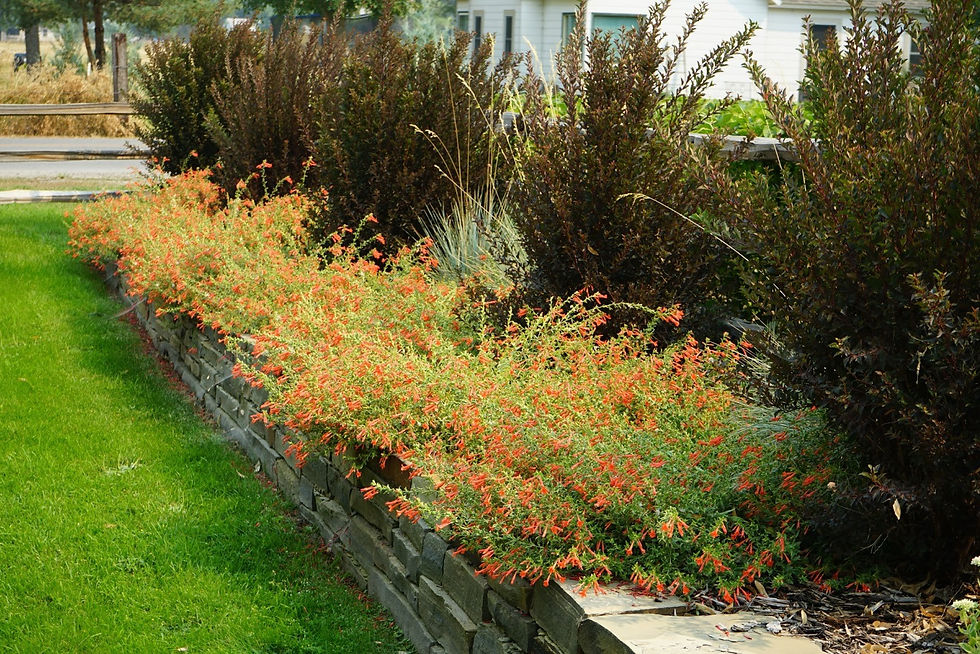
Designing With Plants
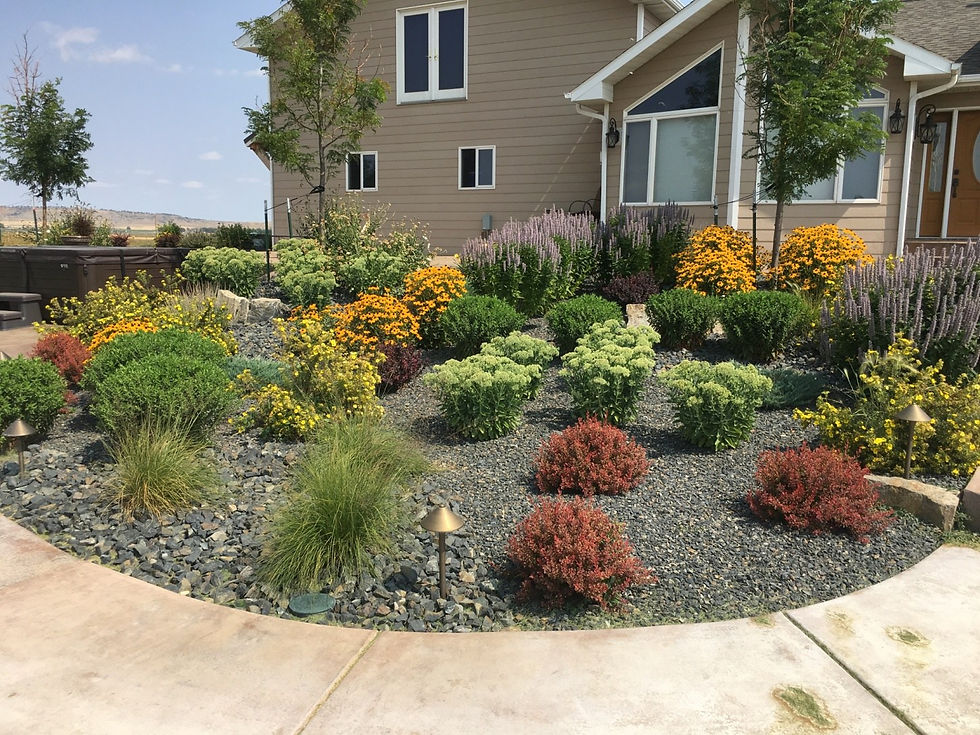
“Gardens are the result of a collaboration between art and nature.” – Penelope Hobhouse
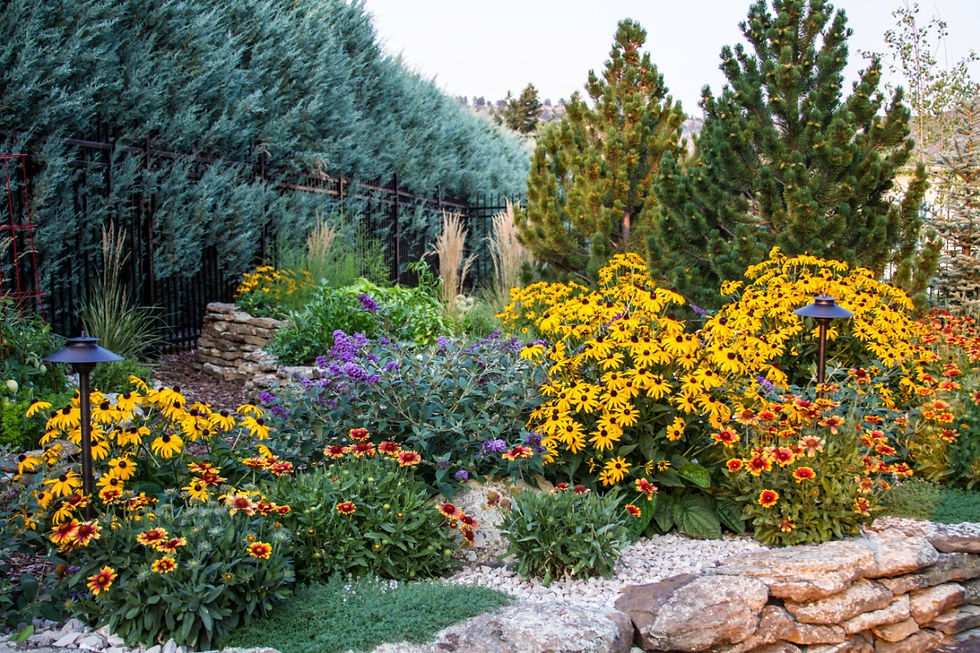
“Good planting design does not follow a formula. At best, it allows you to experiment with nature and through nature to make an original statement. As in all of the arts, the best garden designers take risks. Only by taking risks can you come up with something exciting and original.” – James Van Sweden

The Golden Ratio
Ratio is achieved by dividing A/B=~1.618 or a+b/a=Phi
Below is the Fibonacci sequence which roughly = golden ratio

Why does this ratio matter?
Some argue it doesn’t but most designer’s agree it is helpful to help balance a design. Whether your using the 1/3’s principle, golden rectangles or the golden circles rule this is a great theory to apply and will only help you think through your design.
Places in nature you will see this theory:
Flower petals
Seed heads
Pinecones
Tree branches
Sea Shells
The human face
DNA molecules
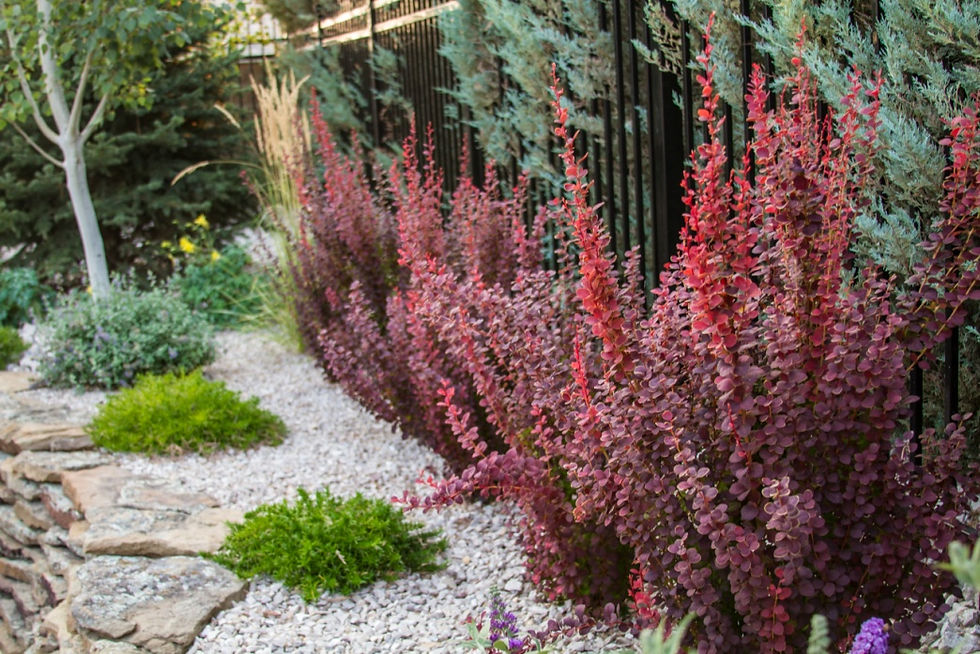

“The greatest gift of the garden is the restoration of the five senses.” – Hanna Rion
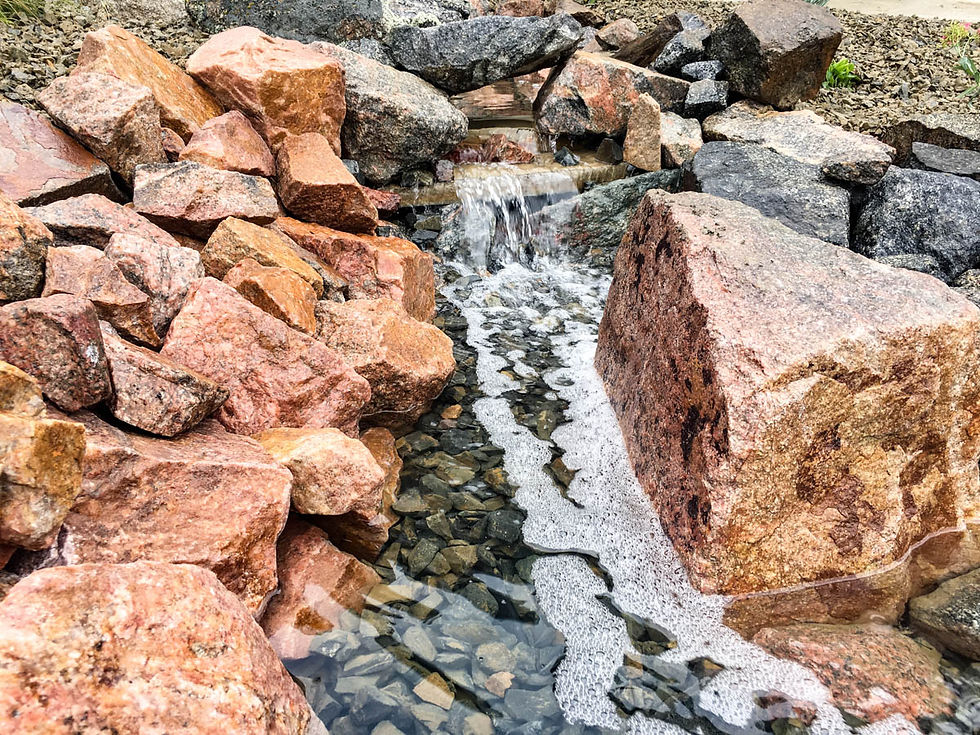

Plant considerations
Zoning (cold hardiness)
Sunlight
Water needs
Soil preference
Location (Spatial needs and relation to other plants)
Flower Timing
70%/30% Rule: Structural to Filler
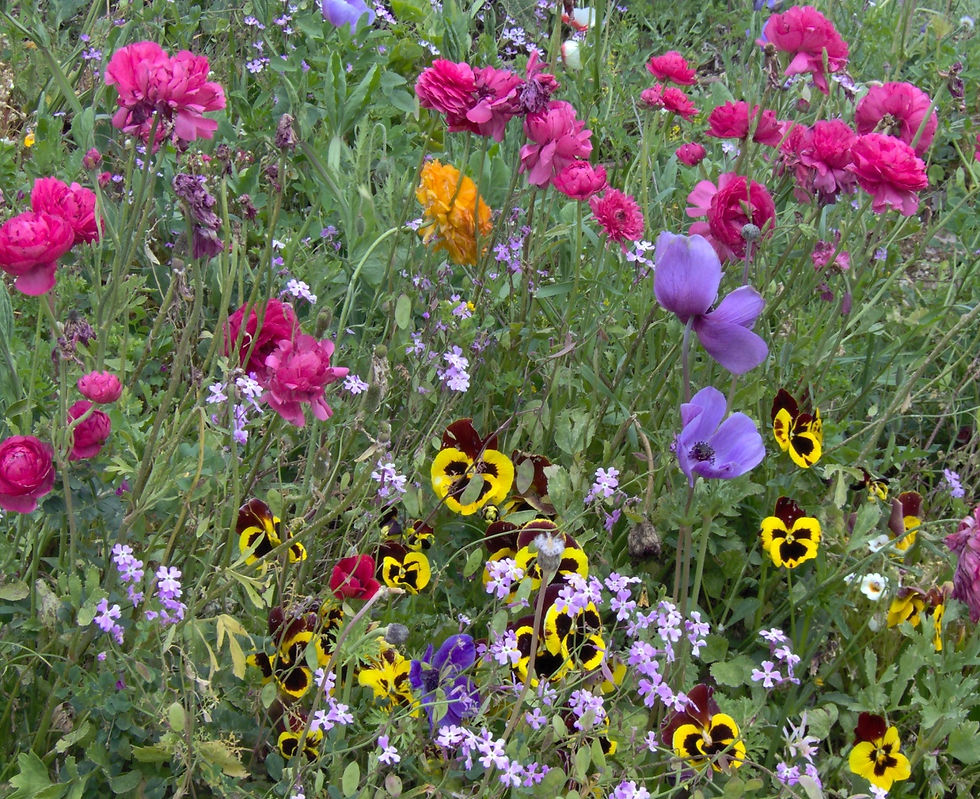

USDA Cold Hardiness – Montana
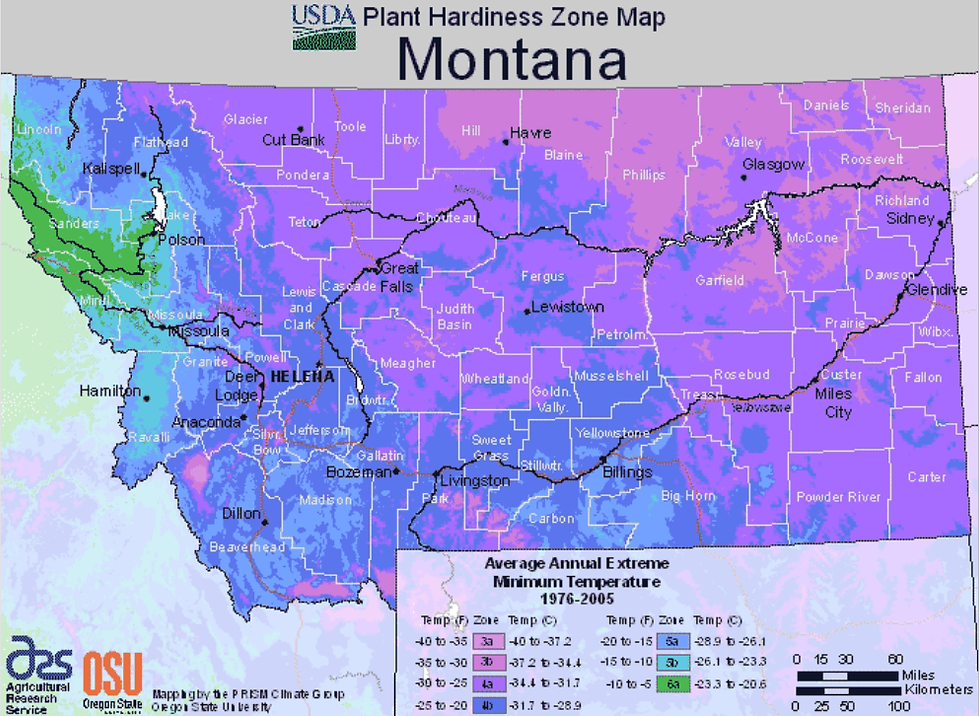
Average Precipitation

Soil: Silt, sand, and clay plus organics and living organisms.
Ideal soil for most plants is a nice loamy soil 40-40-20% concentration (silt, sand, clay) plus some humus (organics).
Soil Texture is determined by the above 3 components (Silt, Sand & Clay).
Billings area has a diversity of soils however soils heavier in clay are the most likely to be encountered.
Soil can vary between your front yard and backyard.
Salinity is highly important in our area as well.

This looks like our soil right? The perfect soil, loam.
Roll test
Grab a handful of soil and roll it in your hand
Clay – Smallest particles, dense, generally lots of nutrients, slow draining. Rolls a tight ball and is sticky.
Silt – Small particles is often wet, does not drain well easily compacted. Is slick, soapy feeling when wet, rolls into a loose ball and when pressed between your fingers soil will be left on your skin.
Sand –Largest particles is rapid draining and in low in nutrients. Dry and gritty texture will not form a ball crumbles between fingers.

Mason Jar Test
Simply fill jar ¾ full of soil add water and shake vigorously and let settle over night. Clay will settle on top then silt then sand on the bottom.

Soil mixes USDA

Plant Placement is Paramount
“Every plant has fitness and must be placed in its proper surroundings so as to bring out its full beauty. Therein lies the art of landscaping” –Jens Jensen (1860-1951)

Shrubs too large for their given space
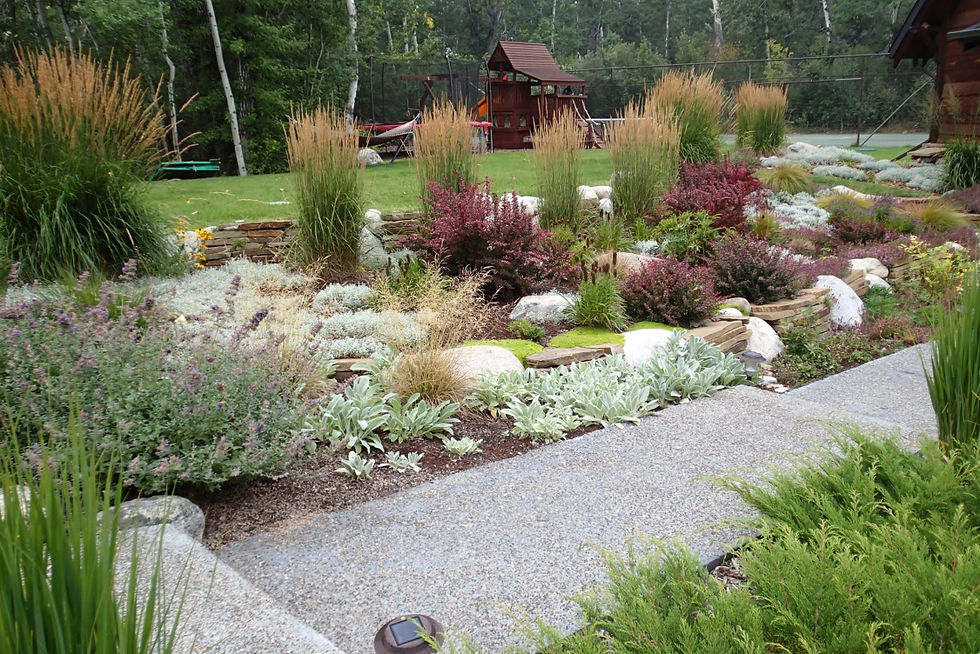
Ordered Spaced Planting Scheme
Full beds but not over grown
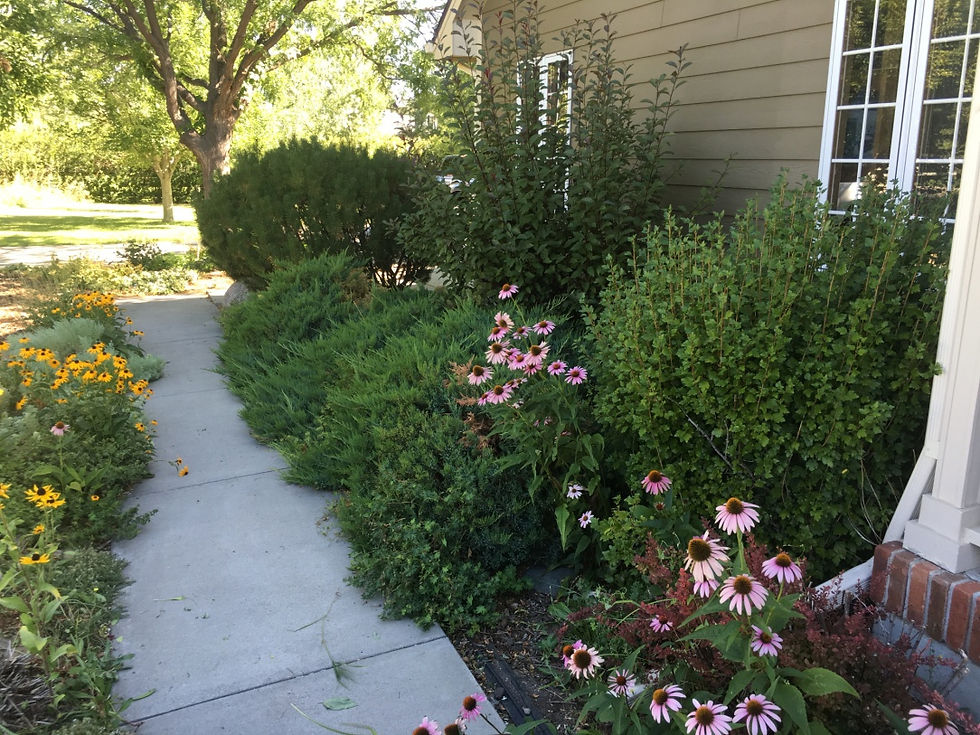
Forcing plants to be a specific size = higher maintenance
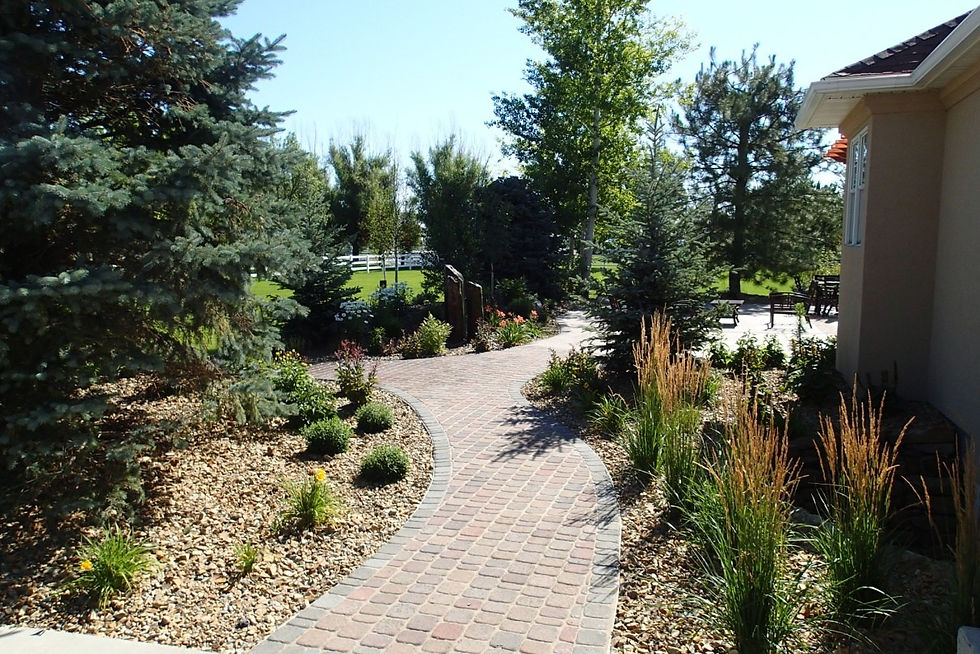
Properly placed plants = less maintenance
Some love shade:
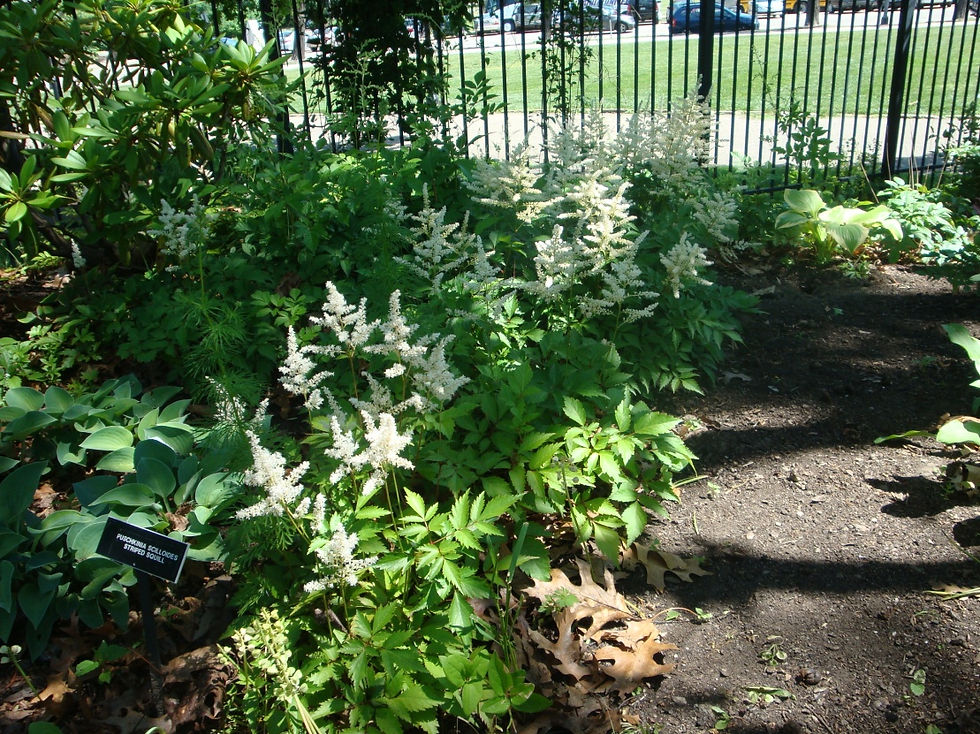
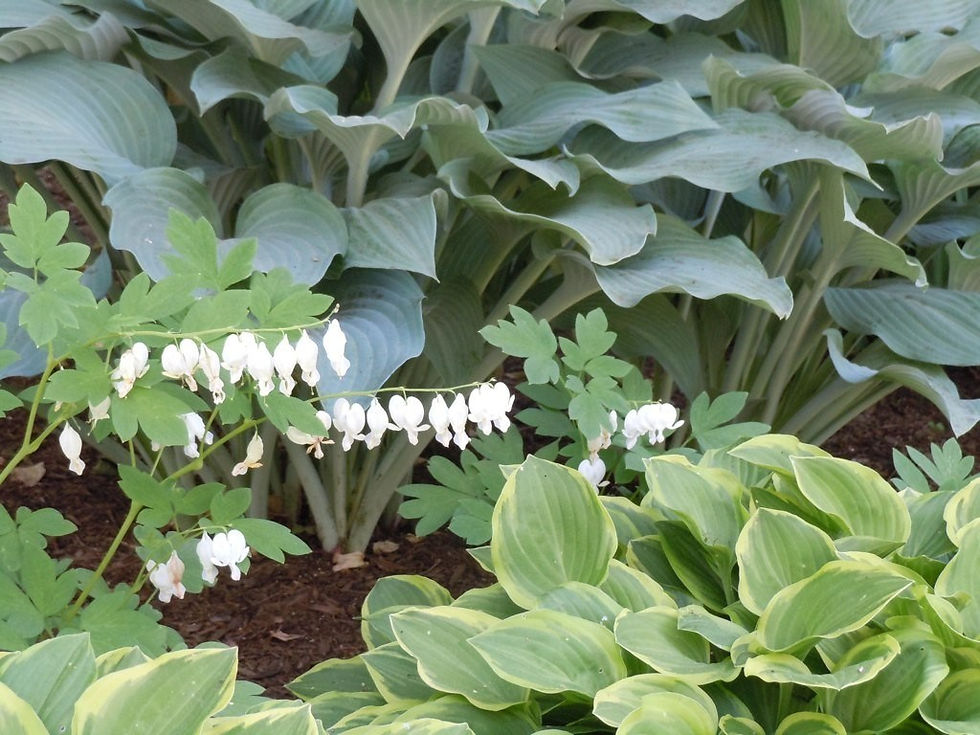
Some love sun:
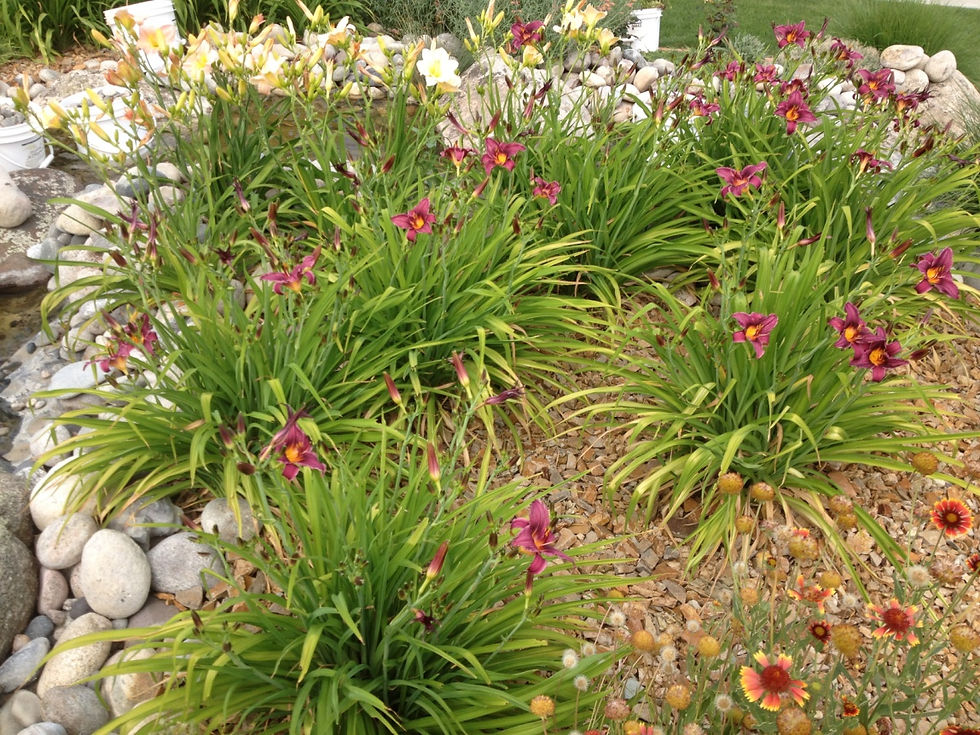
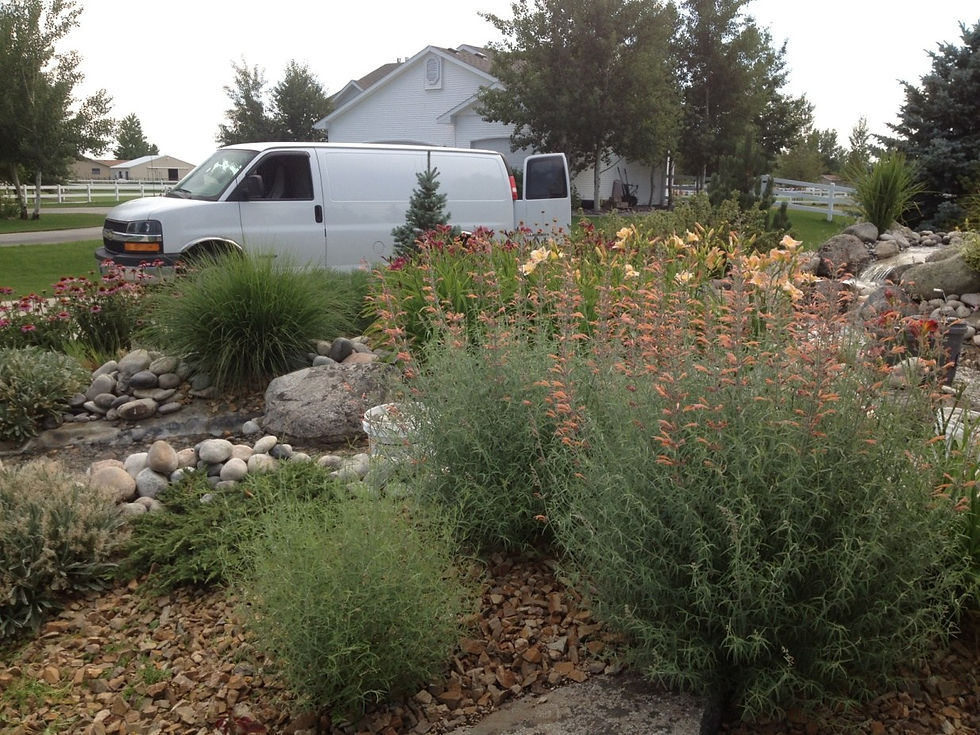
Plants for Color

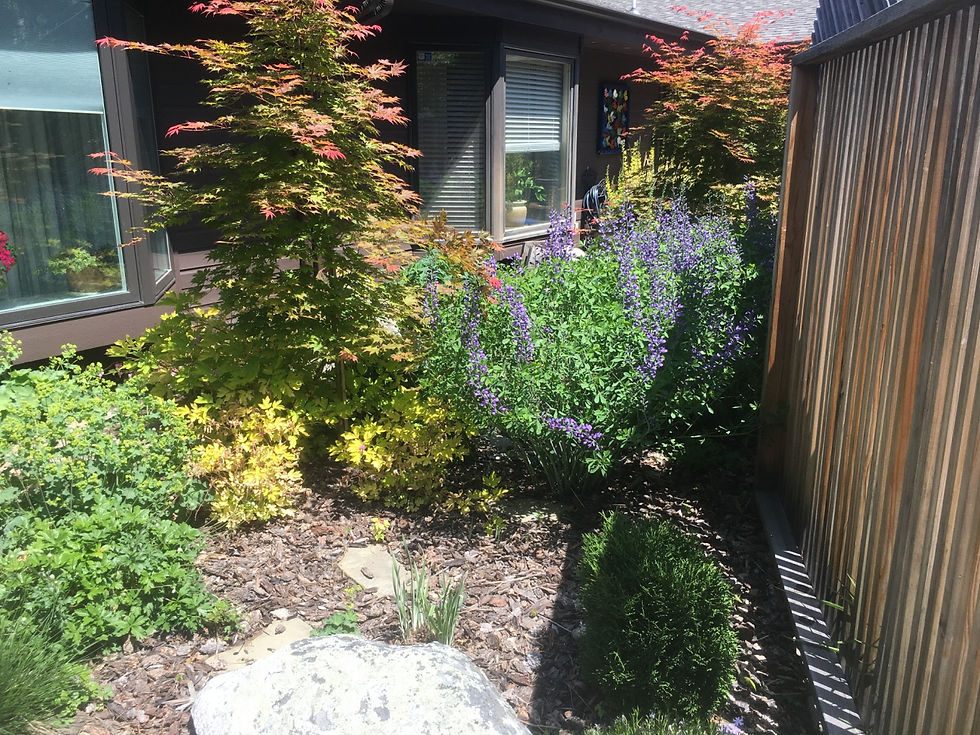
Flower Timing for Seasonal Interest
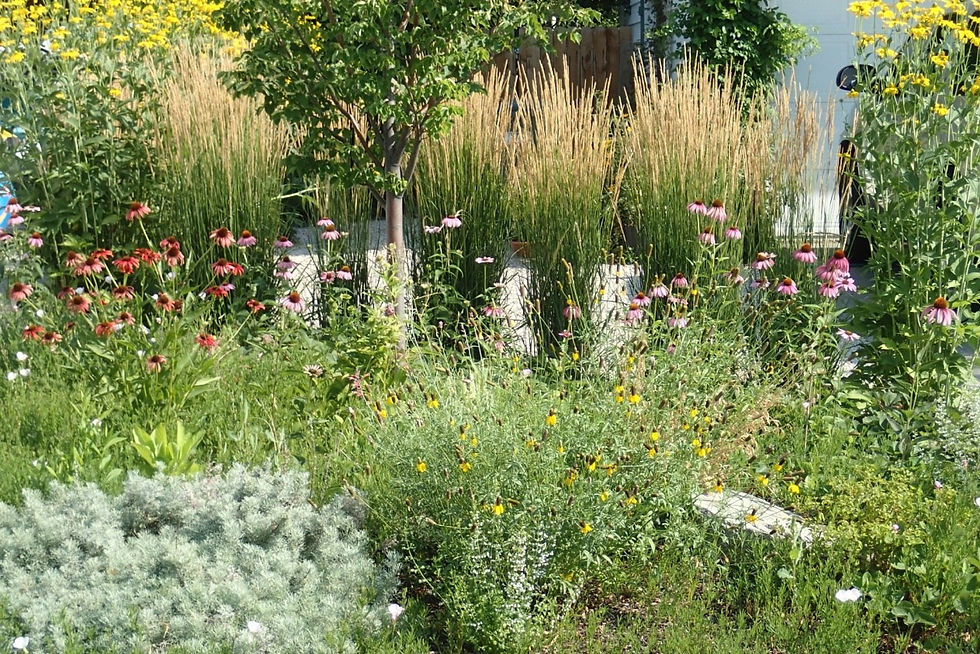

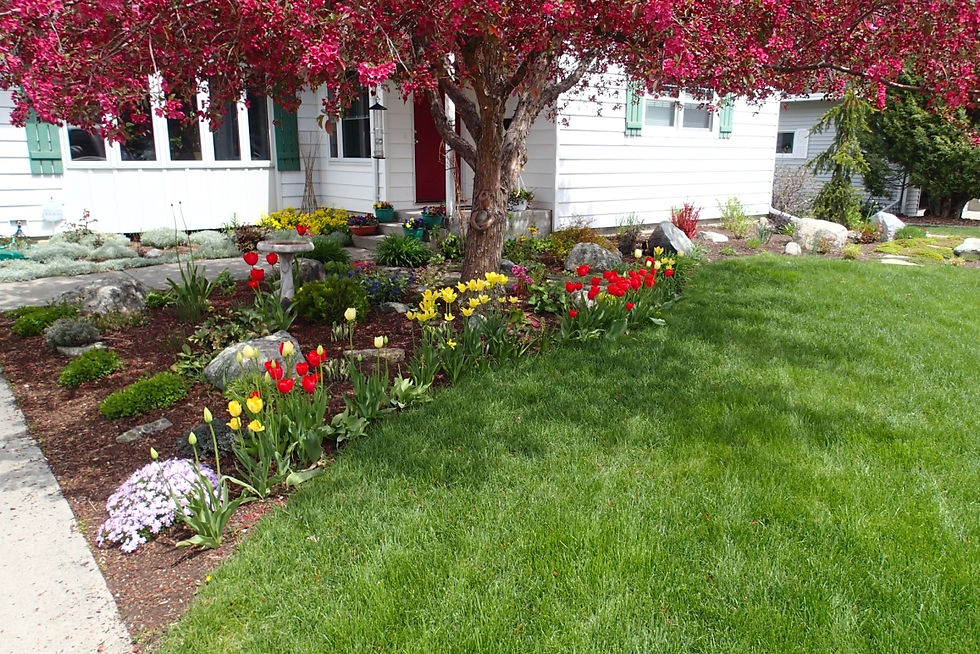
As Screens
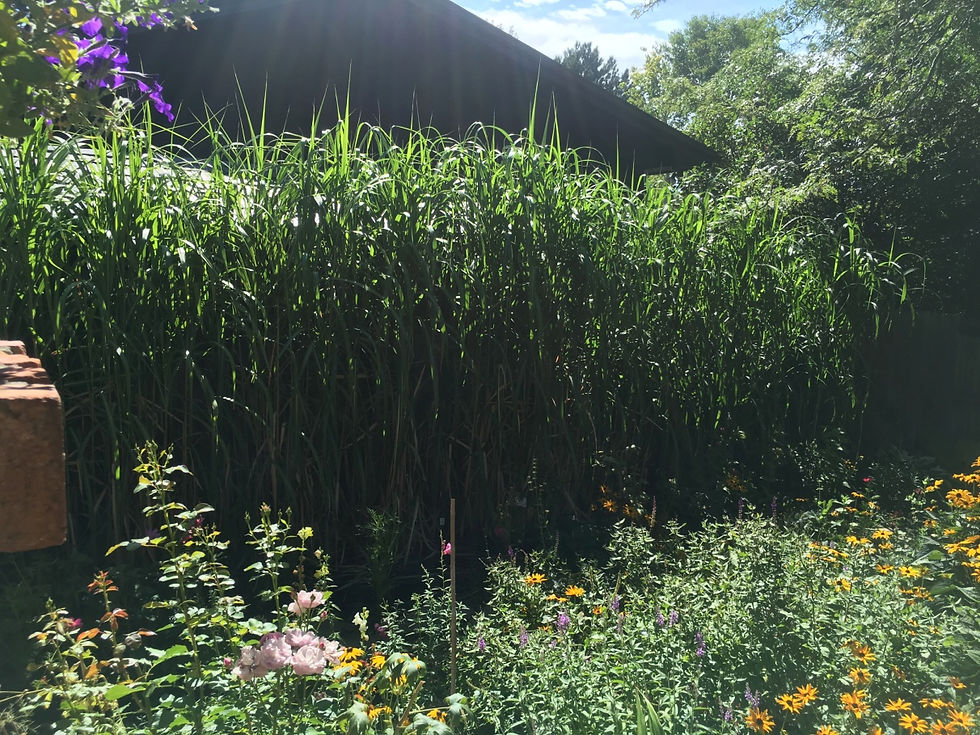
As Focal Points
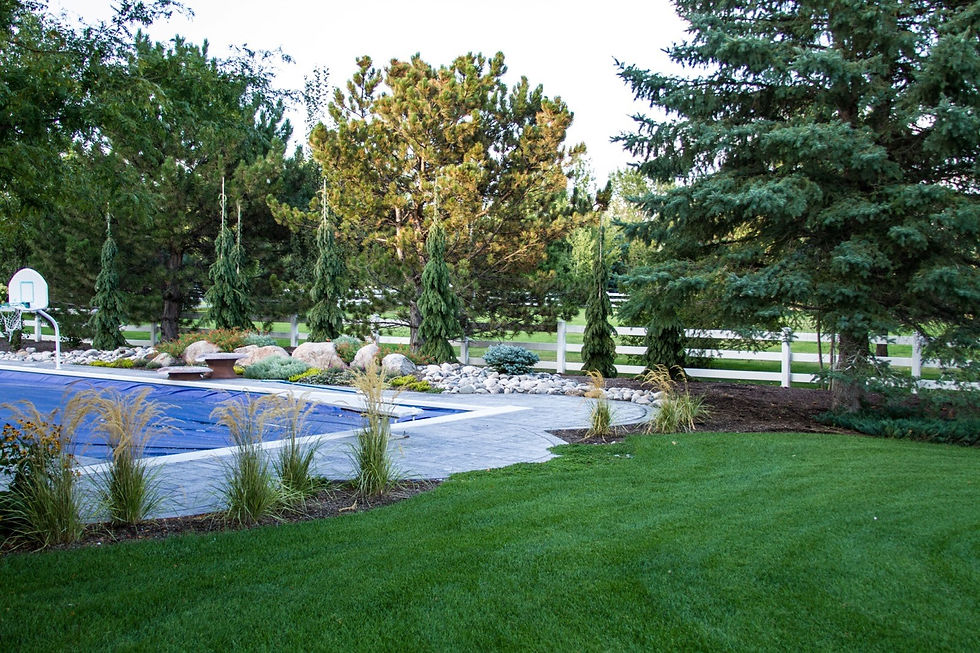

Spatial Awareness
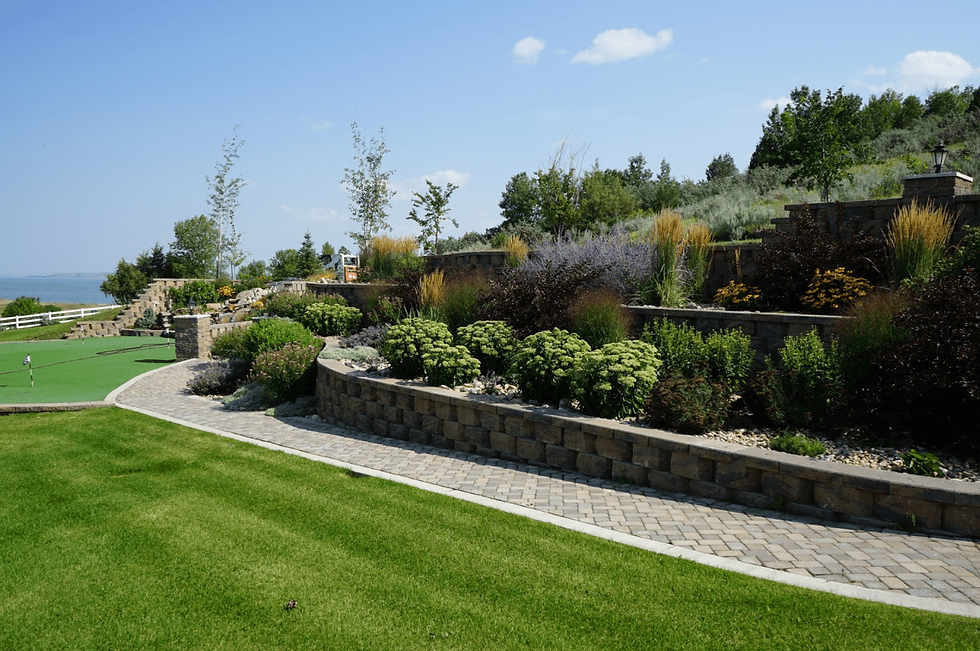
Patterns and Repetition
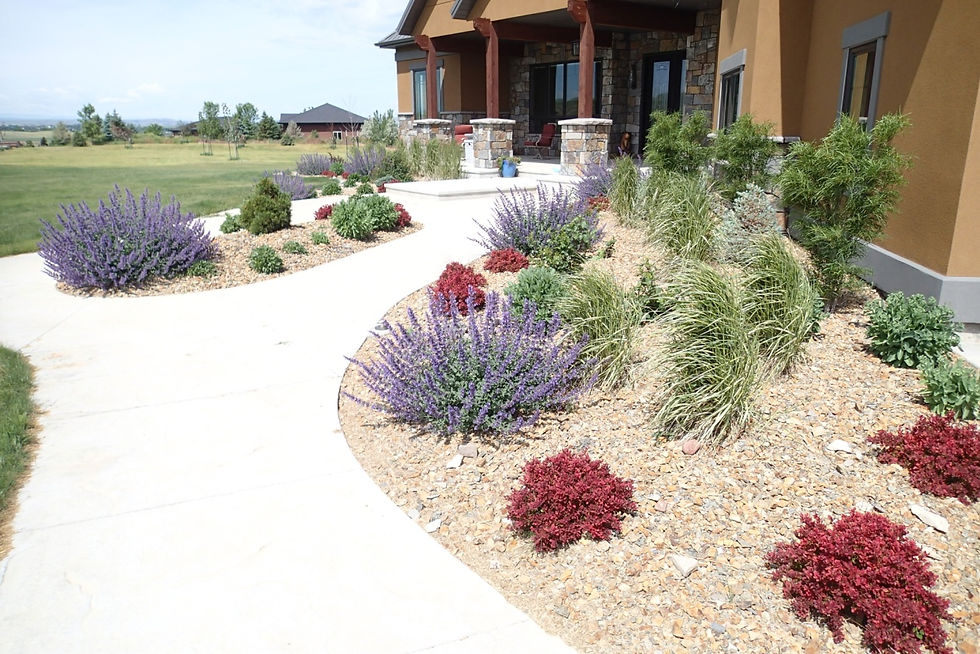
Plants in Harmony
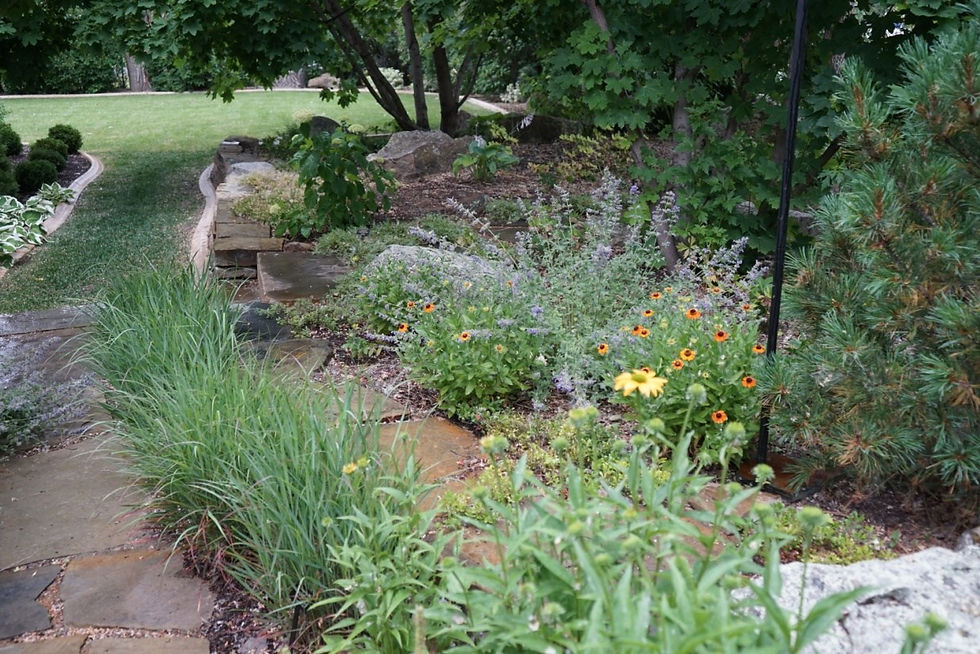
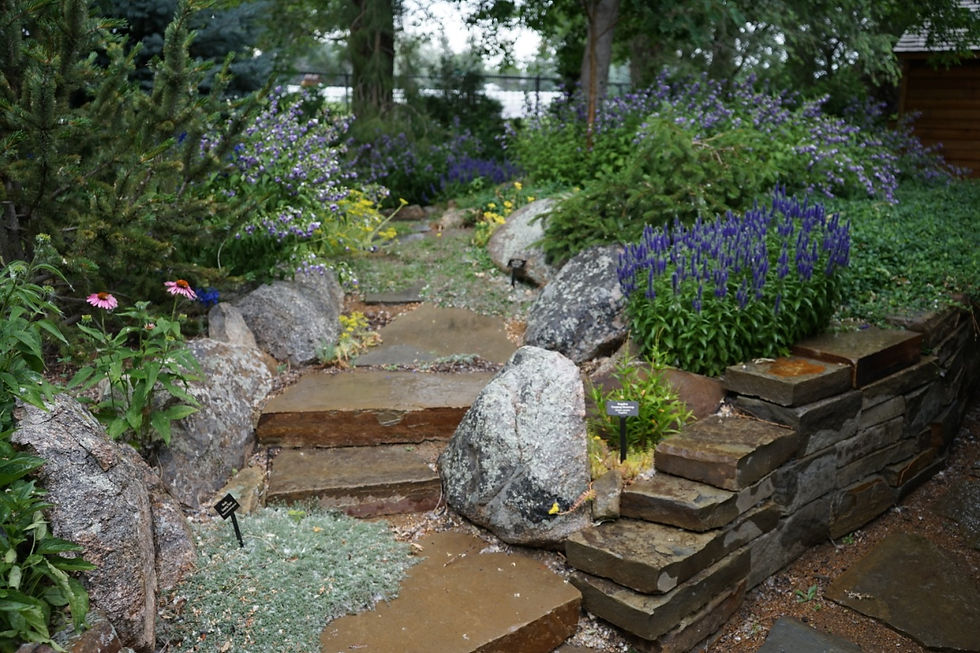
Plants for texture
“Texture and foliage keep a garden interesting through the season. Flowers are just moments of gratification.” – Kevin Doyle


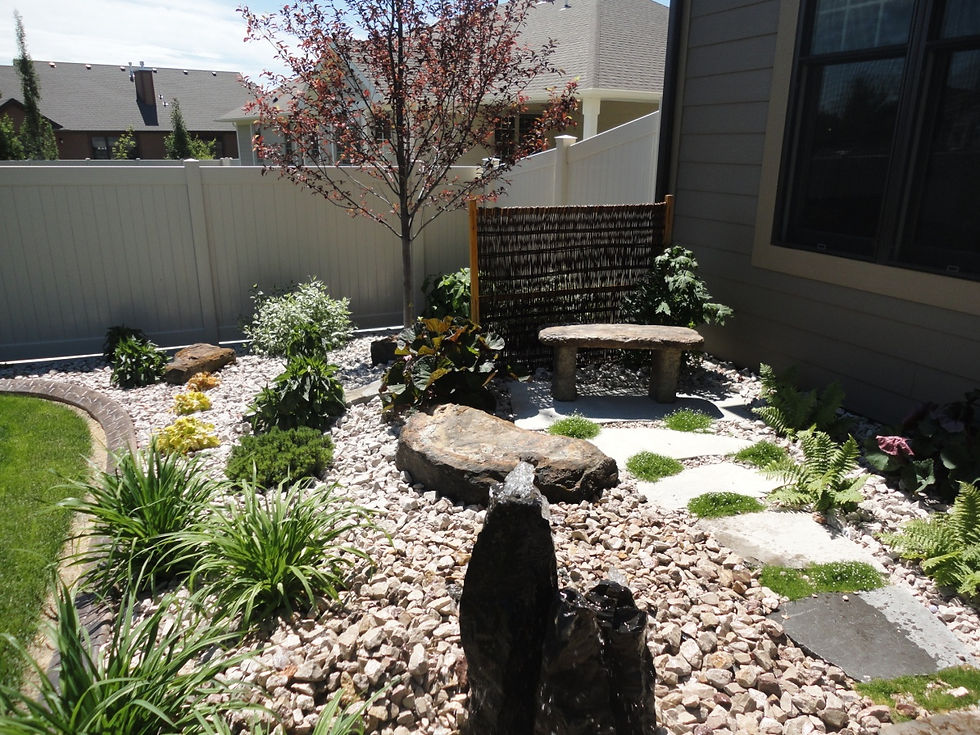




Comments